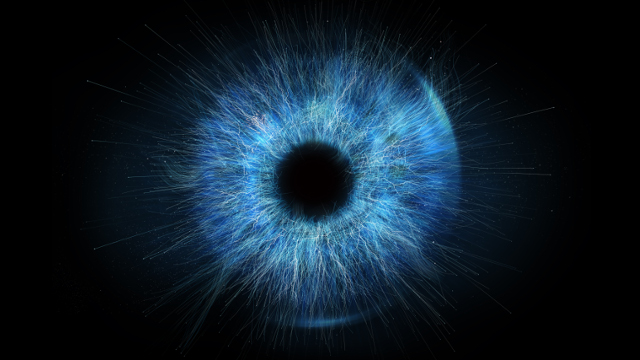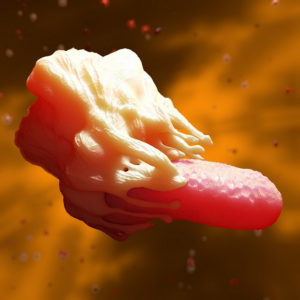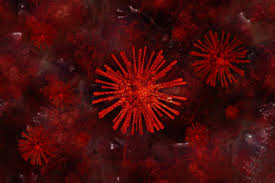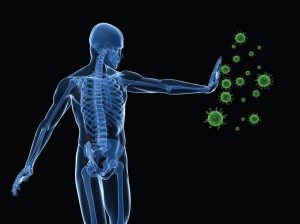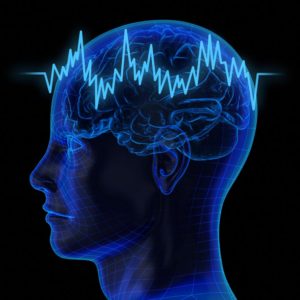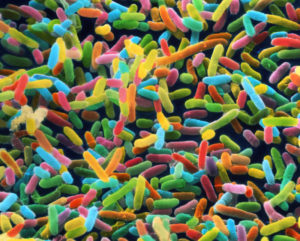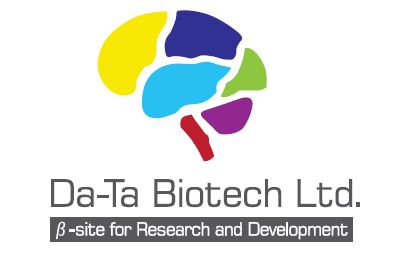Highlights
Optopharmacological approaches enable the engineering of light sensitivity into ion channels that are naturally not responsive to optical stimulation.
As single side-chain probes, genetically encoded light-sensitive UAAs provide direct and highly precise optical control over ion channel function.
Recent fluorescent UAA probes with high environmental sensitivity can accurately track ion channel conformational rearrangements.
Photo-cleavable, photo-caged, photo-crosslinking, and photo-switchable UAAs allow real-time optical control over ion channel structure, gating, pharmacology, and interaction with auxiliary proteins.
Recent advances in utilizing UAAs in vivo open new vistas to studying biological ion channel processes in their native environment.
Approaches to remotely control and monitor ion channel operation with light are expanding rapidly in the biophysics and neuroscience fields. A recent development directly introduces light sensitivity into proteins by utilizing photosensitive unnatural amino acids (UAAs) incorporated using the genetic code expansion technique. The introduction of UAAs results in unique molecular level control and, when combined with the maximal spatiotemporal resolution and poor invasiveness of light, enables direct manipulation and interrogation of ion channel functionality. Here, we review the diverse applications of light-sensitive UAAs in two superfamilies of ion channels (voltage- and ligand-gated ion channels; VGICs and LGICs) and summarize existing UAA tools, their mode of action, potential, caveats, and technical considerations to their use in illuminating ion channel structure and function.

